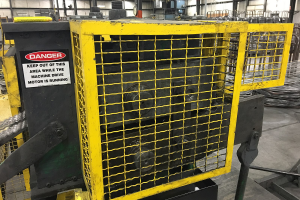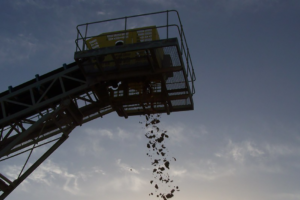Fall protection: Big OSHA changes take effect soon
General industry employers are under a short timeline to revise their fall protection practices now that OSHA has issued its long-awaited updated final rule on the subject.
The new rule does not impact construction industry standards, but according to OSHA is intended to align general industry requirements “as much as possible” with those construction standards. Most of the requirements take effect January 17, although training requirements for employees do not need to be completed until May 17.
One big change is in fall protection systems, where employers may now choose from a range of options, including safety nets and personal fall protection systems. Under the current standard, OSHA required the use of guardrails as the main fall protection method. In another change, requirements for scaffolds now follow OSHA’s construction standard for scaffolds.
Other highlights, as summarized by Rod Smith and his colleagues at the Sherman & Howard law firm, are:
- Prohibiting the use of body belts as part of a personal fall arrest system and requiring, instead, body harnesses.
- Requiring employers to follow new rules regarding the performance, inspection, and maintenance of personal fall protection systems.
- Requiring employers to inspect walking-working surfaces “regularly and as necessary” to guard against hazardous conditions.
- Requiring workers who use personal fall protection systems and other equipment in specified “high hazard” situations to be trained, and retrained as necessary, in fall hazards and equipment hazards before they begin working at elevated heights.
- Phasing out an exception that allows “qualified climbers” in the outdoor advertising industry to work without fall protection, and phasing in fixed ladder requirements and other fall protection requirements for employers working in the industry.
- Allowing employers, such as those engaged in building maintenance and window-washing, to use rope descent systems only up to 300 feet above a lower level.
- Replacing detailed design and specification requirements for portable ladders with more generalized, performance-based requirements.
Employers need to get their compliance efforts underway quickly, as the new standards are lengthy, and in some cases, complex.


